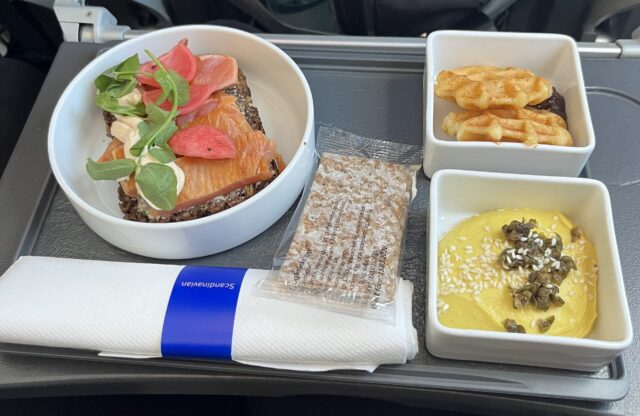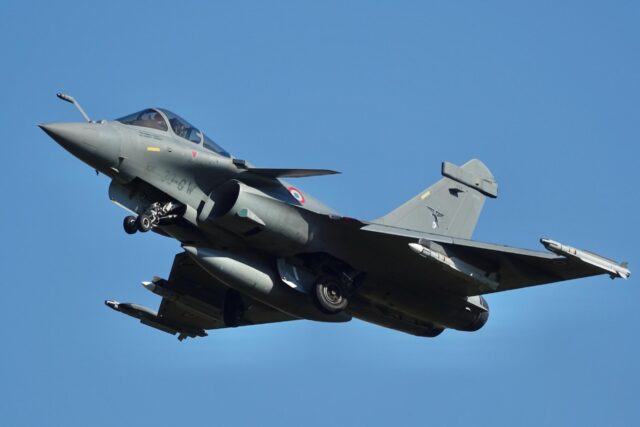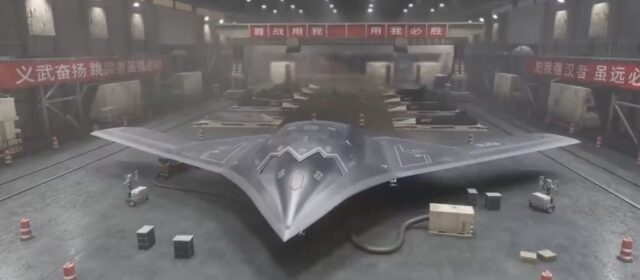How ESA plans to make astronaut food out of thin air for Moon and Mars missions

November 11, 2025
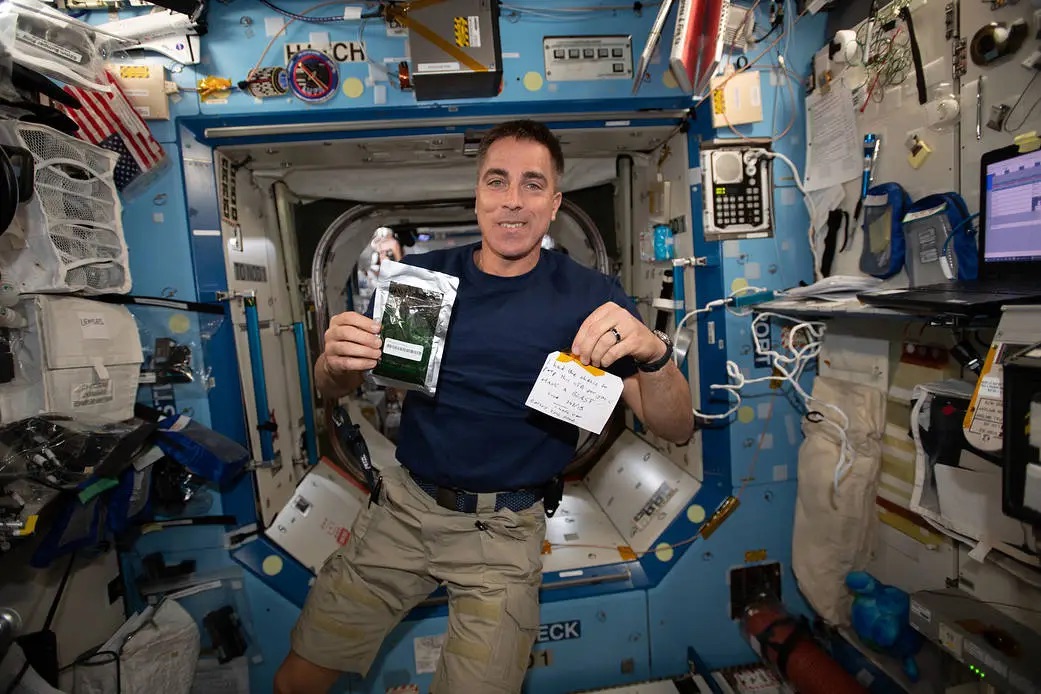
For more than two decades, every meal eaten in orbit has started its journey on Earth. Pouches, packets and carefully calibrated nutrition bars are loaded onto rockets, ferried to the International Space Station (ISS) and unpacked by crews living 400 kilometres (250 nmi) above us. It works for low Earth orbit.
But look beyond to weeks on the Moon or months on Mars and the system begins to fall apart. Shipping food across millions of kilometres becomes costly, complicated, and in many scenarios, simply impossible.
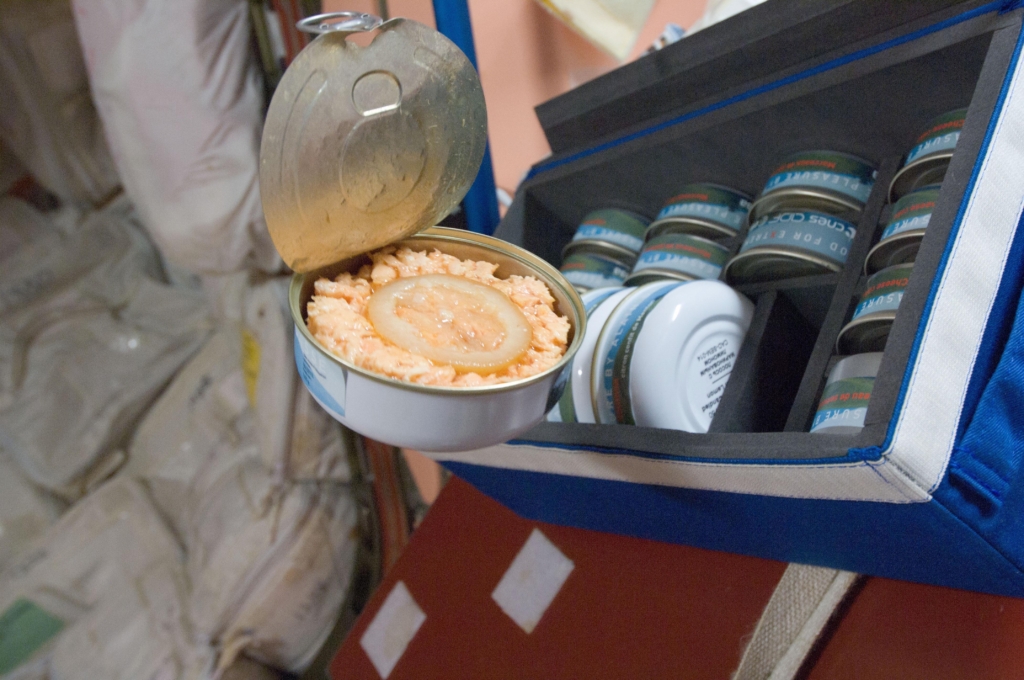
That is why a small group of European scientists now find themselves trying to turn a cloud of bacteria into dinner.
HOBI-WAN: ESA’s solution to the deep-space food problem
ESA’s answer comes with a playful name: HOBI-WAN — Hydrogen Oxidising Bacteria In Weightlessness As a source of Nutrition.
Behind the humour is a serious effort to keep future astronauts alive and healthy without a continuous lifeline to Earth. The agency is funding the project through its Terrae Novae Exploration Programme, which focuses on long-term human exploration of the Moon and Mars.
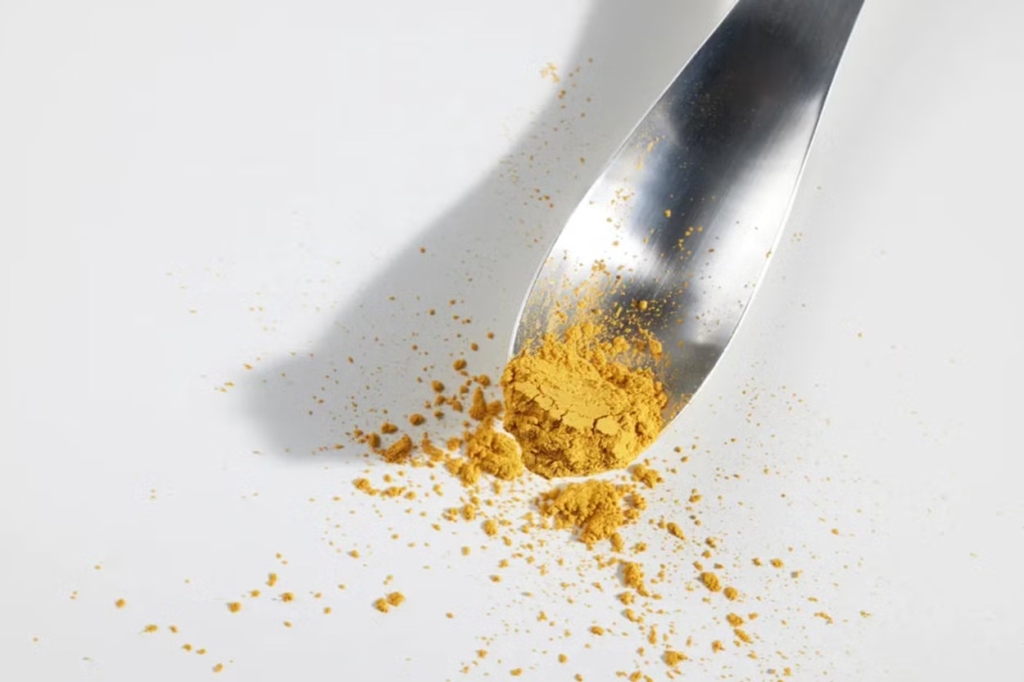
The core ingredient is Solein, a protein-rich powder developed by Finnish company Solar Foods. Instead of farmland, light or fertilisers, Solein is made by fermenting a bacterial culture that feeds on gases — hydrogen, oxygen and carbon dioxide.
German aerospace contractor OHB System AG is leading the effort to adapt this Earth-based process to work in microgravity.
Turning gases into food: how Solein could feed astronauts
The concept is dazzlingly efficient. Astronauts already produce CO₂ by breathing and generate urea through normal metabolism. Their habitat’s life-support systems generate oxygen and often hydrogen.
HOBI-WAN aims to recycle these outputs by feeding them directly into a compact bioreactor, where bacteria turn them into edible protein. The entire system is designed to fit inside a standard ISS middeck locker — a box small enough to carry by hand.
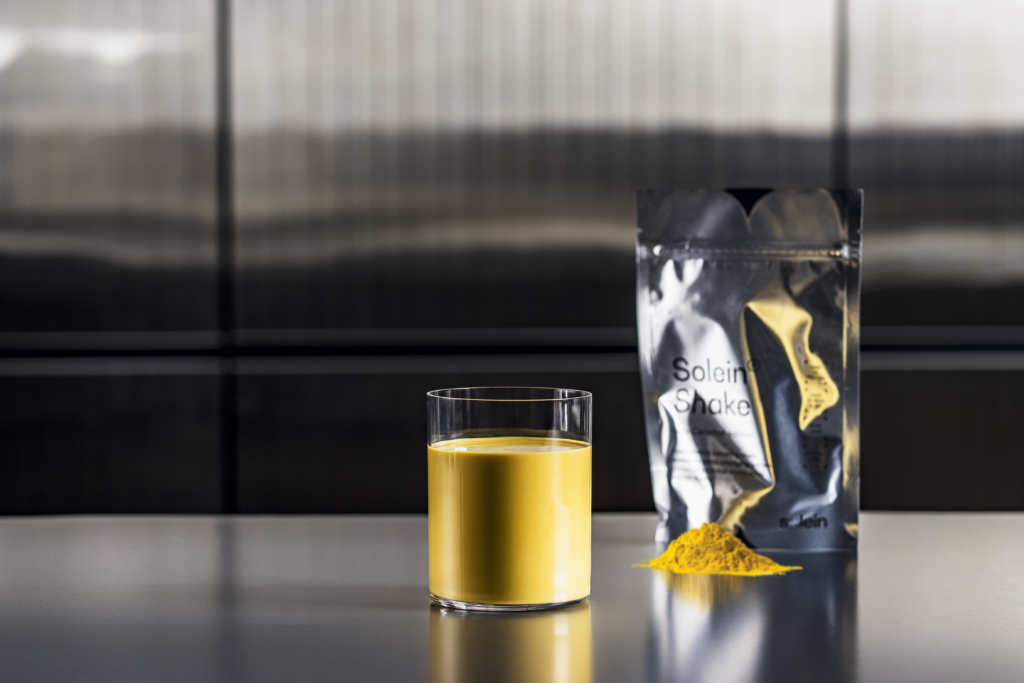
Balancing biology and engineering in space
Meeting safety standards in orbit is no small feat. Hydrogen and oxygen are volatile partners, and in microgravity, fluids behave unpredictably. Every pipe, valve and cartridge must be adapted to prevent leaks or sudden bursts.
OHB’s engineers, veterans of two decades of ISS equipment design, are developing a rigorous safety architecture around the process. Inside the locker, sensors will oversee three separate experiments, with astronauts occasionally extracting samples — a delicate task when handling floating liquids and live cultures.
ESA’s goals: autonomy, resilience and astronaut health
For ESA’s Chief Exploration Scientist Angelique Van Ombergen, the stakes go beyond nutrition.
“This project aims at developing a key resource which will allow us to improve human spaceflight’s autonomy, resilience and also the well-being of our astronauts,” she says.
Long missions will depend on systems that reuse and recycle resources with minimal waste and minimal risk.
Solar Foods and OHB join forces to make bacteria-based meals
Solar Foods brings the biological expertise; OHB provides deep experience with space-qualified hardware.
“Their expertise in evaluation and certification, especially with respect to mandatory safety requirements, will help us design a system that is suitable for the space environment,” says Arttu Luukanen, Senior Vice President Space & Defence at Solar Foods.
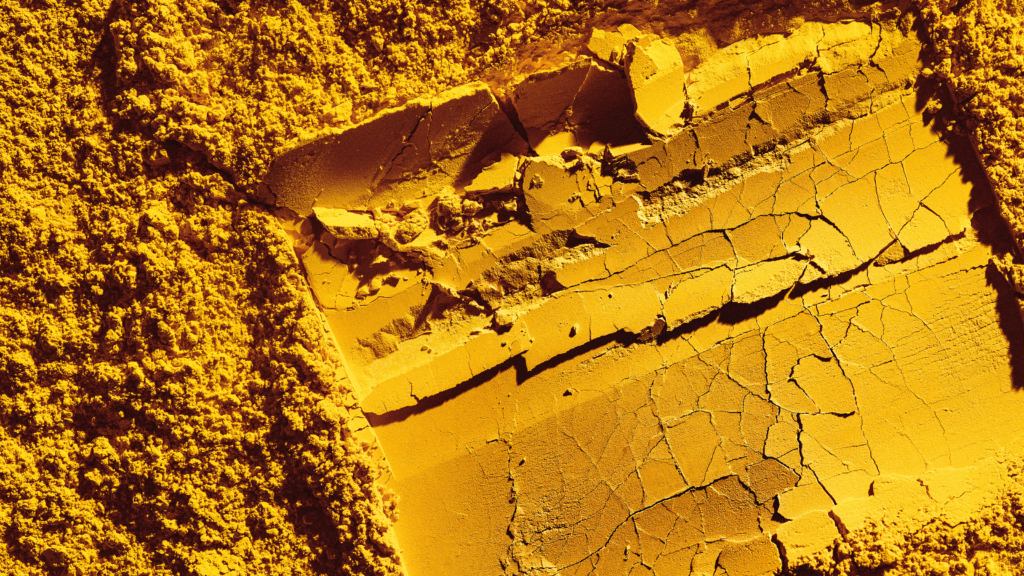
Together, they are turning a laboratory breakthrough into a space-ready device.
The first eight months of work will focus on developing and refining a ground-based science model. Once validated, a flight-ready unit will be built. If the system proves reliable, it will be flown to the ISS for testing in real microgravity.
Space-grown protein could also feed people on Earth
Closed-loop food production is not just a space concept. It could help regions where arable land is scarce, climate conditions are harsh or supply chains unreliable.
As HOBI-WAN progresses, ESA hopes the lessons from growing food in weightlessness could eventually support Earth-based sustainability challenges — from disaster relief to remote habitats.
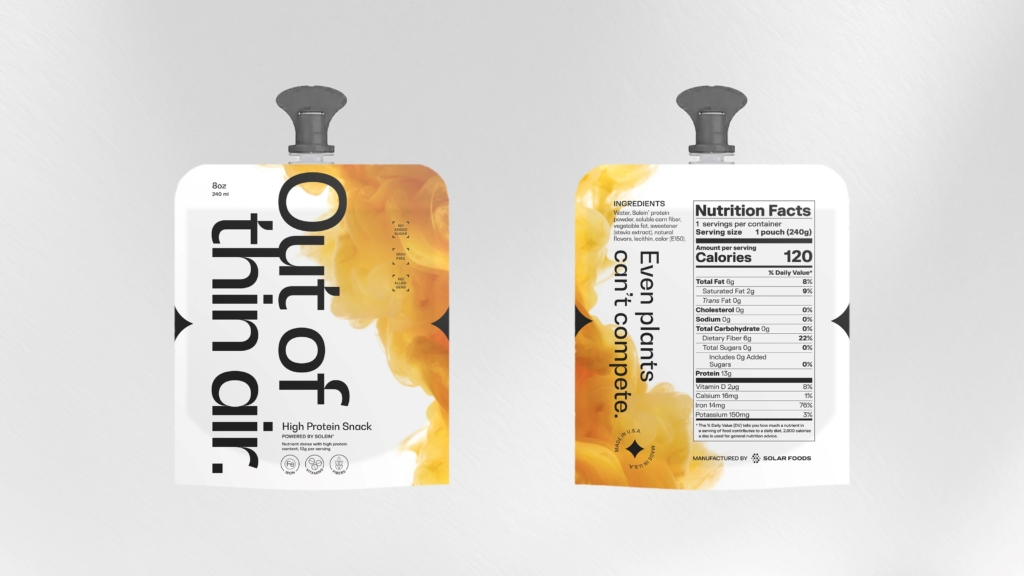
For now, the world’s most unlikely dinner plans are taking shape inside a metal locker. If the experiment succeeds, astronauts on the Moon or Mars may one day sit down to a meal that began as nothing more than gas and microscopic bacteria — proof that survival, like innovation, often grows in the most unexpected places.

